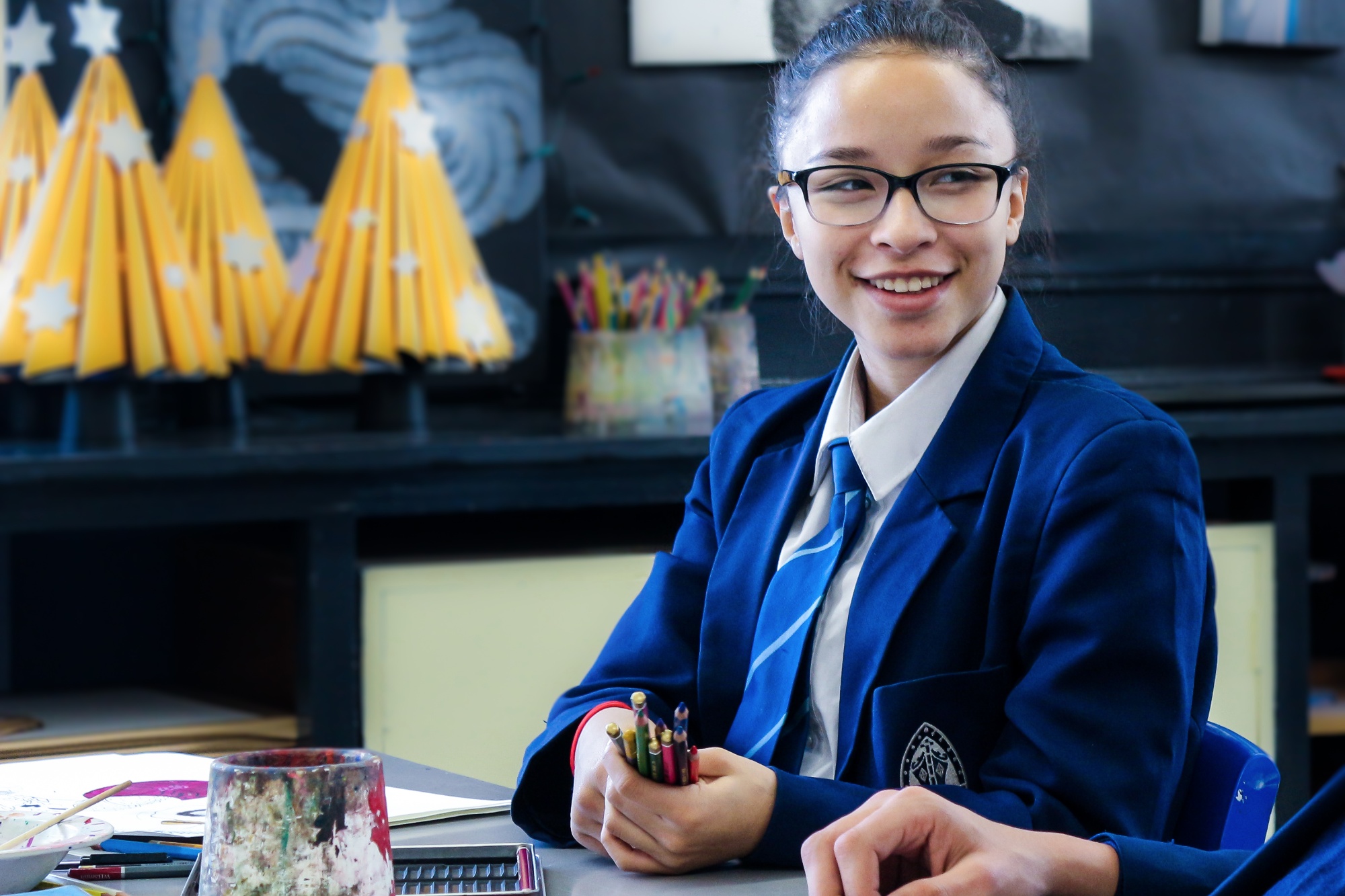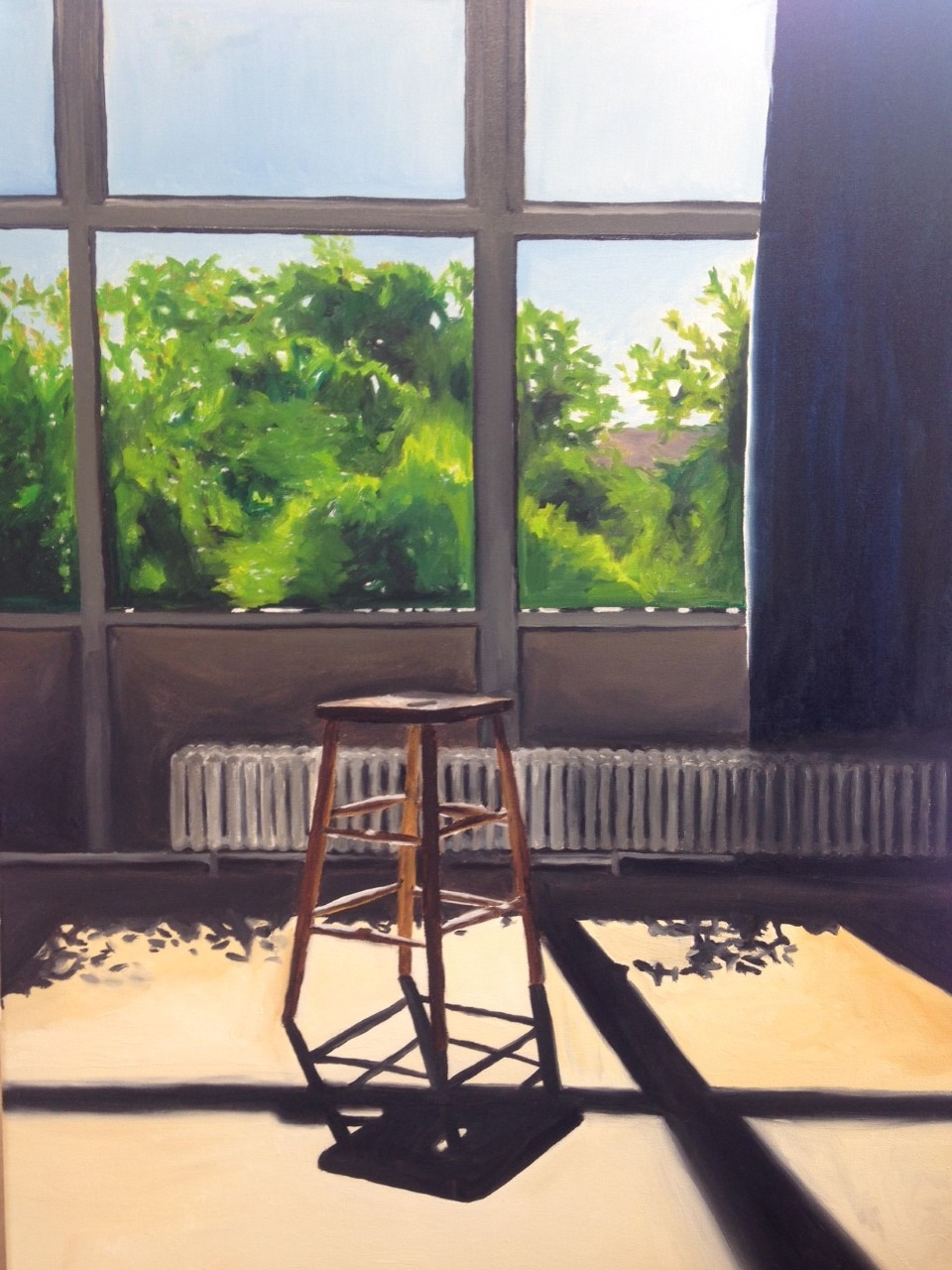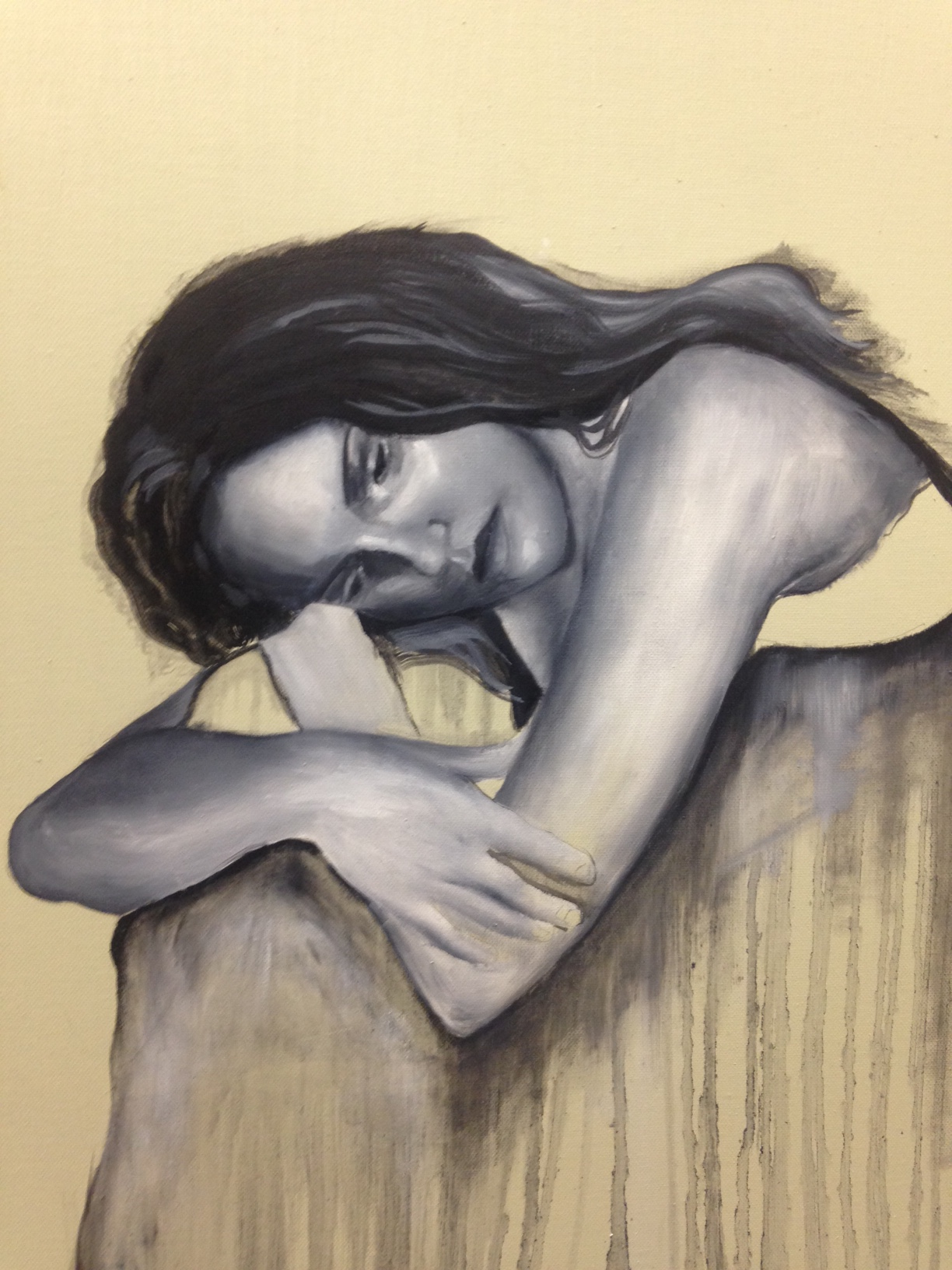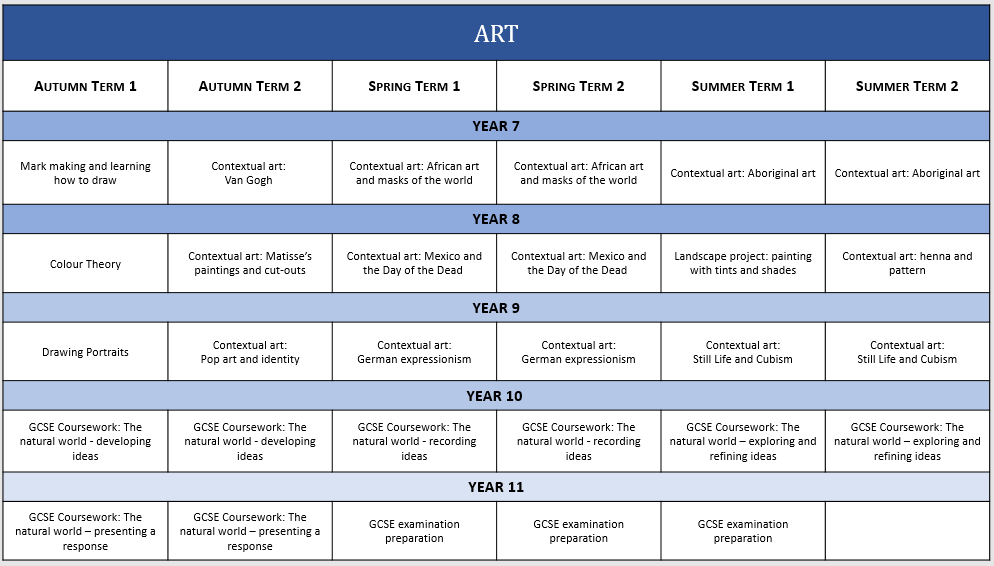Art
The Art Department
Art, craft and design embody some of the highest forms of human creativity. A high-quality art and design education should engage, inspire and challenge pupils, equipping them with the knowledge and skills to experiment, invent and create their own works of art, craft and design. As pupils progress, they should be able to think critically and develop a more rigorous understanding of art and design. They should also know how art and design both reflect and shape our history, and contribute to the culture, creativity and wealth of our nation. The curriculum for Art and Design aims to ensure that all pupils:
-
Produce creative work, exploring their ideas and recording their experiences.
-
Become proficient in drawing, painting, sculpture and other art, craft and design techniques.
-
Evaluate and analyse creative works using the language of art, craft and design.
-
Know about great artists, craft makers and designers, and understand the historical and cultural development of their art forms.
The Art Department aims to provide a broad and balanced curriculum across the Key Stages that enables students to maximise their full potential. Schemes of work are designed to ensure that all students have the opportunity to progress and achieve. Students are encouraged to develop ideas by using the inspiration of others, experimenting with a wide range of materials and observing the world around them. The department aims to deliver exciting and engaging art lessons, and we achieve consistently excellent results. The department offers OCR GCSE and AQA A Level in Fine Art. Student work is continually monitored and assessed and the opportunity for study support is provided on a daily basis. The hard work of students is showcased in the annual Art Exhibition at the end academic year.
Art through the Key Stages
The department strives to promote and develop the knowledge and understanding of all learners. Students are motivated to become independent learners and use their creativity to make more informed decisions. The curriculum is sequenced to enable more complex ideas to build on the fundamental knowledge and skills learned in year 7. Students develop their ideas through contextual studies and observations, with all students encouraged to achieve their full potential. Numeracy skills are built into lessons through the teaching of shape and proportion, the analysis of art and artists reinforce the evaluation skills learnt in English and specific reference to the history and geography of art allows students to place the work they are studying in context. The art work of students from across all the Key Stages is annually celebrated in the Bishop Douglass School Art Exhibition at the end of each academic year.
KS3 Curriculum
In year 7, students develop their drawing and observational skills. They study tone, shading and mark making. Students also develop their painting skills and study the work of Van Gogh
In Year 8, the students study the colour wheel. They will learn to use colour effectively, whilst studying the work of Matisse and Picasso.
Year 9 students study portraiture. They learn to measure and reproduce the proportions of the face accurately. Students will partake in three projects over the year. A tonal pencil self-portrait, a Pop Art project culminating in a Pop Art style self-portrait and finally a self-led project on a chosen artist, again culminating in a self-portrait. Throughout the year students are given the opportunity to experiment with a wide range of media and materials. This prepares them for the demands of the GCSE syllabus in year 10 and 11.

KS4 Curriculum
Year 10 students begin Unit 1 (60%) of the OCR GCSE in Fine Art. The theme for Unit 1 is ‘Natural Form’. GCSE Students will experiment with a range media and techniques, including, mono print, watercolour, acrylic and linocut.
Year 11 students continue Unit 1 (60%) and complete Unit 2 (40%) of the OCR GCSE in Fine Art. For Unit 2, students select their own starting point from a list set by the exam board.

KS5 Curriculum
Year 12 students complete two projects in preparation for the A Level course. The theme for Project 1 is ‘Identity’. For Project 2, students select their own starting point. Sixth form students are introduced to techniques such as oil painting and screen printing, and also develop their photography and Photoshop skills. Students will also visit Art galleries such as the National Portrait Gallery and Photographer’s Gallery to support their coursework.
Year 13 students complete Unit 1 (60%) and Unit 2 (40%) of the AQA A-Level in Fine Art. For Unit 1 of the A-Level course, students will produce an in-depth Personal Investigation on their chosen theme, supported by written material. For Unit 2, students select a theme from a list set by the exam board. Year 13 students will also submit work for the National Student Art Exhibition, which takes place each year at the Mall Galleries in Trafalgar Square.

Curriculum Map

Enrichment Opportunities
The Art Department is open every lunch time and after school for students of all Key Stages to further their studies. KS3 Art club is held every Wednesday after school between 3.10pm-4.20pm. Trips are organised for students at KS4 and KS5 to visit London galleries and landmarks as well as attend Study Days as part of their GCSE and A Level research. Students are given the opportunity to have their work selected for entry into the National Students Art Exhibition. The Department has been successful in having work exhibited at the National Students Art Exhibition at the Mall Galleries for the past 3 years. In addition, Students at all Key Stages are invited to participate in Art Competitions throughout the year.
For further information please contact us via email - schooladmin@bishopdouglass.barnet.sch.uk





